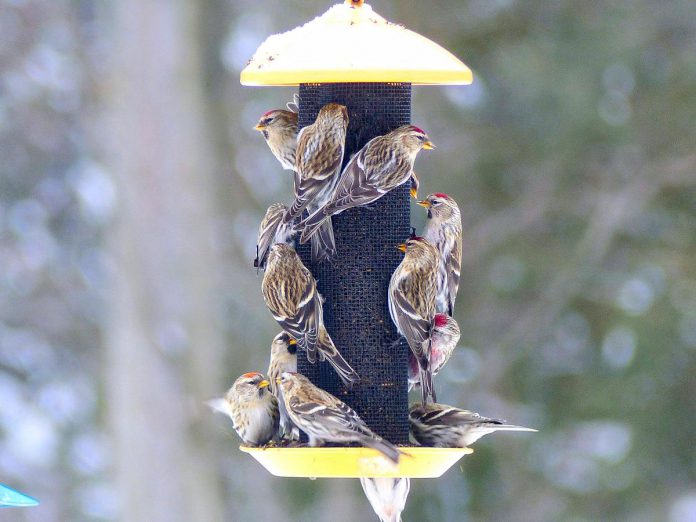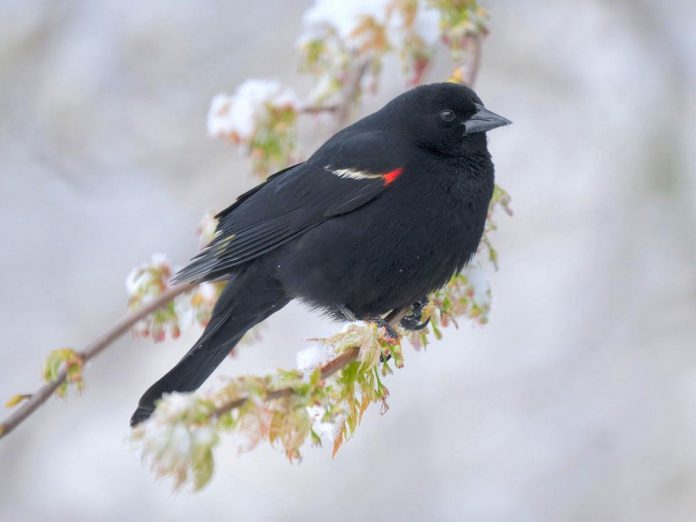
Birds Canada is seeking citizen scientists in the Kawarthas to count birds in their backyards for Project FeederWatch, which begins in November and runs until April.
A joint project of Birds Canada and the Cornell Lab of Ornithology, Project FeederWatch depends on volunteers to get researchers the data they need to see how winter bird populations may be changing. Understanding long-term trends is an important step towards conserving bird populations.
You don’t have to own a bird feeder to participate. The trees, shrubs, and water around homes provide important habitats for birds year-round. By counting birds in your yard over the winter, you can help researchers understand how these habitats and the birds using them are changing over time, as well as which species are doing okay and which need conservation attention.
You also don’t need to be an expert bird-watcher to participate (Project FeederWatch provide resources to help you identify the birds you see) or make a huge time commitment (even if you count birds only once during the season, that is a helpful snapshot of the birds in your location).
Last season, almost 5,000 citizen scientists across Canada participated in Project FeederWatch. You can join them by becoming a member of Birds Canada at birdscanada.org/feederwatch with a monthly or one-time donation of any amount. You can also join by calling 1-888-448-2473 or emailing pfw@birdscanada.org.
When you sign up for the first time, you will receive a poster of eastern and western common feeder birds, a Birds Canada calendar, digital access to Winter Bird Highlights (the FeederWatch magazine), and tools to track and explore birds on our website or mobile app. If you give $5 or more monthly (or $50 annually), you’ll also receive BirdWatch Canada magazine.

After you’ve joined Project FeederWatch, count your backyard birds periodically from November 13, 2021 through April 30, 2022 and submit your counts online at feederwatch.org.
You can also use the Project FeederWatch mobile app, available for Apple and Android devices.
You can use the FeederWatch app to keep track of your counts, note your snow depth and effort, and submit your counts directly to the Project FeederWatch database.
The app is connected to the Cornell Lab of Ornithology’s All About Birds online guide. While entering your count, press and hold any species to see detailed information about the species, including photos, identification tips, natural history, and a range map.
You can also access an interactive tool to see which birds prefer which foods in any region of Canada. For more information about the app, visit feederwatch.org/about/feederwatch-app/.
Birds Canada is the country’s only national organization dedicated to bird conservation. Project FeederWatch is supported in Canada by national sponsor Armstrong Bird Food and by Wild Birds Unlimited.



























